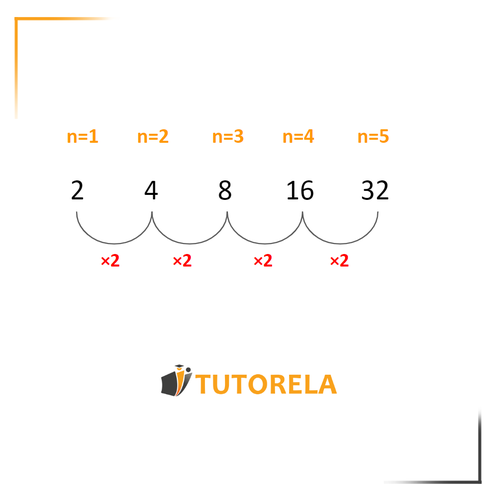To solve this problem of finding the rule for the sequence 5,10,15,20,25,30, we will follow these steps:
- Step 1: Analyze the difference between consecutive numbers in the sequence.
- Step 2: Identify a consistent pattern or rule.
- Step 3: Compare the pattern against the given multiple-choice answers.
Now, let's work through each step:
Step 1: Calculate the difference between consecutive terms:
10−5=5
15−10=5
20−15=5
25−20=5
30−25=5
Step 2: We observe that the difference between each pair of successive numbers is 5, which is consistent throughout the sequence.
Step 3: Compare this pattern with the given choices. The choice corresponding to adding 5 consistently matches our observed pattern.
Therefore, the rule for this sequence is to add 5 to each preceding number to obtain the next number in the sequence. This corresponds with choice number 2: +5.
